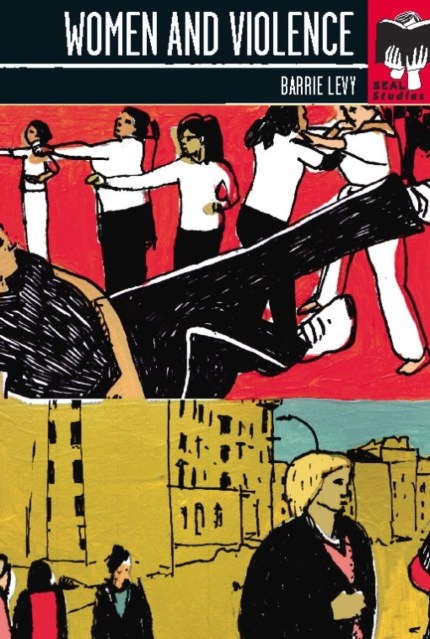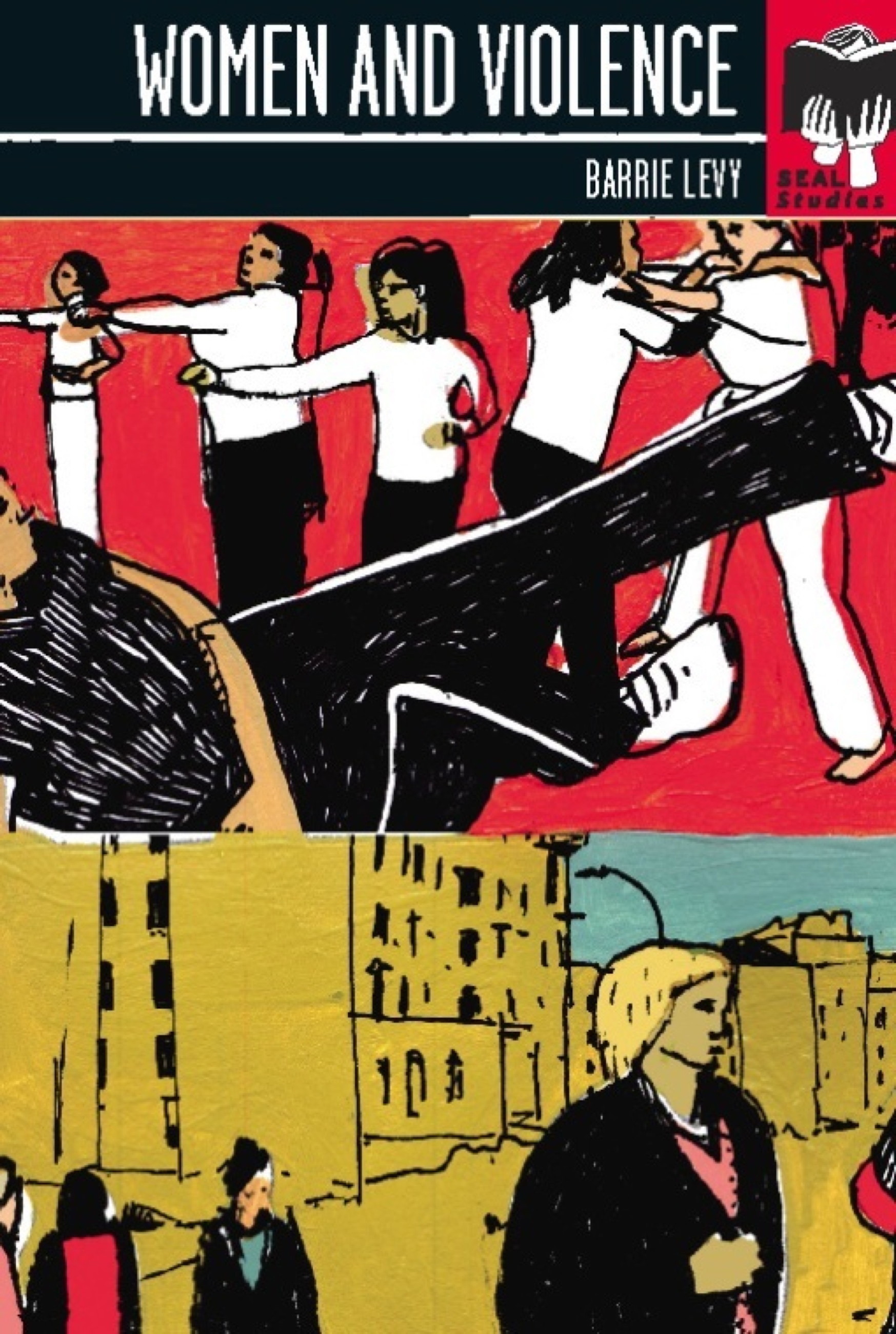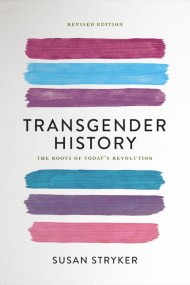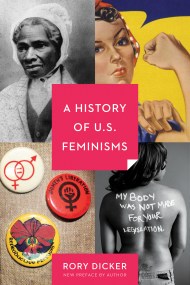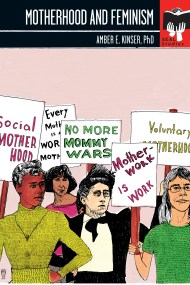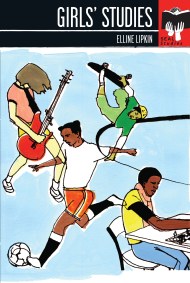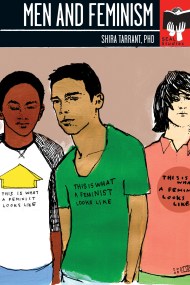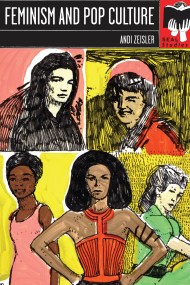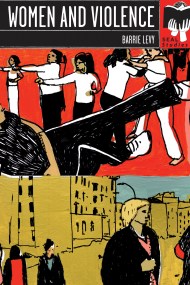Promotion
Use code MOM24 for 20% off site wide + free shipping over $45
Women and Violence
Seal Studies
Contributors
By Barrie Levy
Formats and Prices
Price
$9.99Price
$12.99 CADFormat
Format:
- ebook $9.99 $12.99 CAD
- Trade Paperback $19.99 $25.99 CAD
This item is a preorder. Your payment method will be charged immediately, and the product is expected to ship on or around November 12, 2008. This date is subject to change due to shipping delays beyond our control.
Also available from:
When women decide what to wear, where to go, how to get there, what time of day to be outdoors, and what affects their sense of security and safety, are they aware that they’re afraid of being sexually assaulted? Violence against women is, on a global scale, so common that some experts consider it a "normal” aspect of women’s experiences—and yet research on the issue is subjective and inconsistent.
Women and Violence is a comprehensive look at the issue of violence against women and its many appearances, causes, costs and consequences. Understanding that personal values, beliefs and environment affect an individual’s response to—and acknowledgement of—violence against women, this book addresses topics such as global perspectives on violence, controversies and debates, and social change strategies and activism.
Genre:
- On Sale
- Nov 12, 2008
- Page Count
- 150 pages
- Publisher
- Seal Press
- ISBN-13
- 9780786726721
Newsletter Signup
By clicking ‘Sign Up,’ I acknowledge that I have read and agree to Hachette Book Group’s Privacy Policy and Terms of Use
